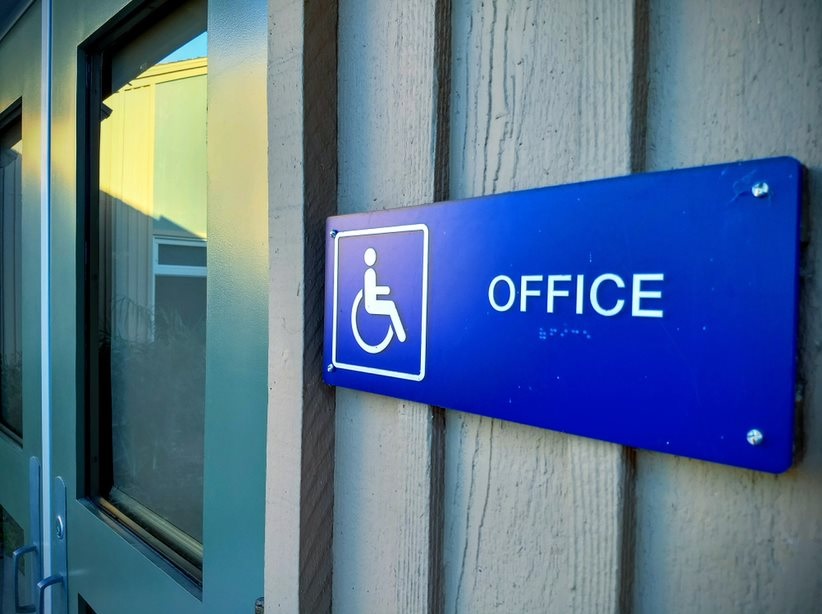
ADA signs are crucial for accessibility. Learn about ADA compliance, custom options, and creating inclusive spaces with effective signage.
In today’s world, ensuring accessibility for everyone is not just a legal requirement; it’s a fundamental principle of creating inclusive and welcoming environments. ADA signs play a vital role in this effort, providing crucial information and guidance to individuals with disabilities. This blog post will explore the importance of ADA signs, delve into the benefits of custom ADA signage, and offer insights into creating accessible spaces.
Why ADA Signs Matter:
The Americans with Disabilities Act (ADA) sets forth guidelines for accessible design, including signage. ADA signs are essential for:
- Independent Navigation: ADA compliant signs empower individuals with disabilities to navigate public spaces independently and confidently.
- Equal Access: These signs ensure equal access to facilities and services for everyone, regardless of disability.
- Legal Compliance: Adhering to ADA standards is a legal requirement for most businesses and public entities, avoiding potential penalties and lawsuits.
- Creating Inclusive Environments: ADA signs demonstrate a commitment to inclusivity, fostering a welcoming atmosphere for all.
Key Requirements for ADA Signage:
ADA standards outline specific requirements for signage, including:
- Tactile Characters and Braille: Signs must include both raised characters (tactile) and braille for individuals with visual impairments.
- Visual Characters: Visual characters must meet specific size, font, and contrast requirements for readability.
- Pictograms: Certain signs, like restroom signs, must include pictograms that are universally understood.
- Contrast: Sufficient contrast between the characters and background is crucial for visibility.
- Placement and Mounting: Signs must be mounted at a consistent height and location for easy access.
The Benefits of Custom ADA Signage:
While ADA compliance is paramount, custom ADA signage offers additional advantages:
- Branding Integration: Custom signs can incorporate your company logo, colors, and fonts, creating a cohesive brand identity throughout your space.
- Enhanced Aesthetics: Custom designs can be visually appealing and complement your interior design, without compromising ADA compliance.
- Tailored Solutions: Custom signs can be designed to meet the specific needs of your facility and its users.
- Improved Wayfinding: Well-designed custom signage can enhance wayfinding and navigation, making it easier for everyone to find their way.
Creating Accessible Spaces with Effective Signage:
- Plan Ahead: Consider signage needs early in the design or renovation process.
- Consult with Experts: Work with a sign company specializing in ADA signage to ensure compliance and quality.
- Conduct Regular Inspections: Periodically check your signs to ensure they are in good condition and meet all requirements.
- Consider User Needs: Think about the specific needs of individuals with different disabilities when designing and placing signs.
Choosing the Right Materials:
ADA signs can be made from various durable and accessible materials, including:
- Acrylic: A versatile and cost-effective option.
- Metal: Offers a sleek and professional look.
- Photopolymer: A durable and environmentally friendly material.
Conclusion:
ADA signs and custom ADA signage are essential for creating accessible and inclusive environments. By understanding the requirements and working with qualified professionals, businesses and organizations can ensure their spaces are welcoming and navigable for everyone. Investing in ADA compliant signage is not just a legal obligation; it’s a commitment to creating a more equitable and accessible world.